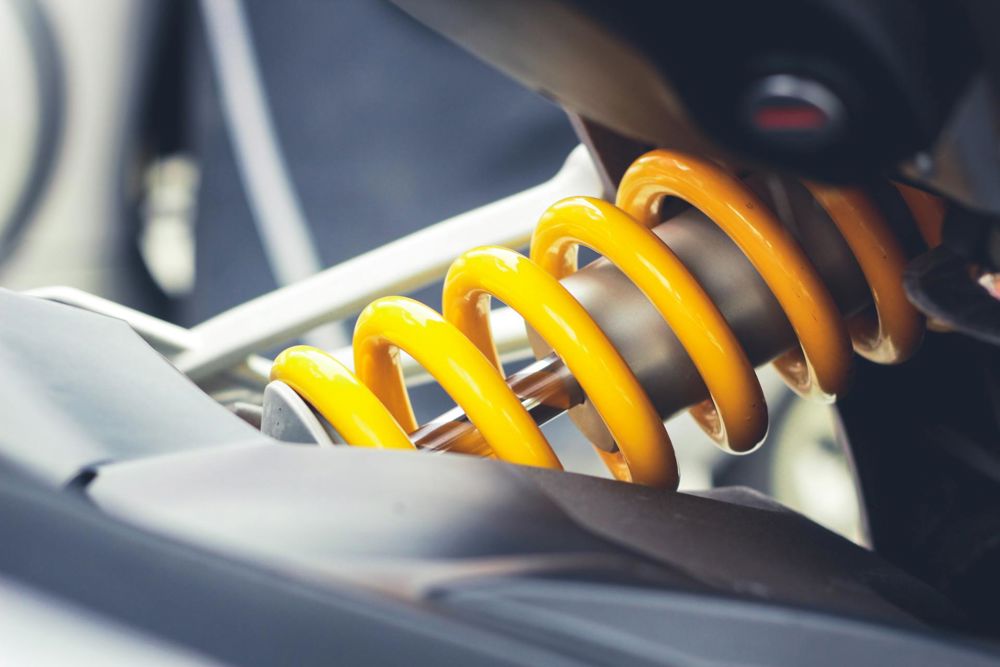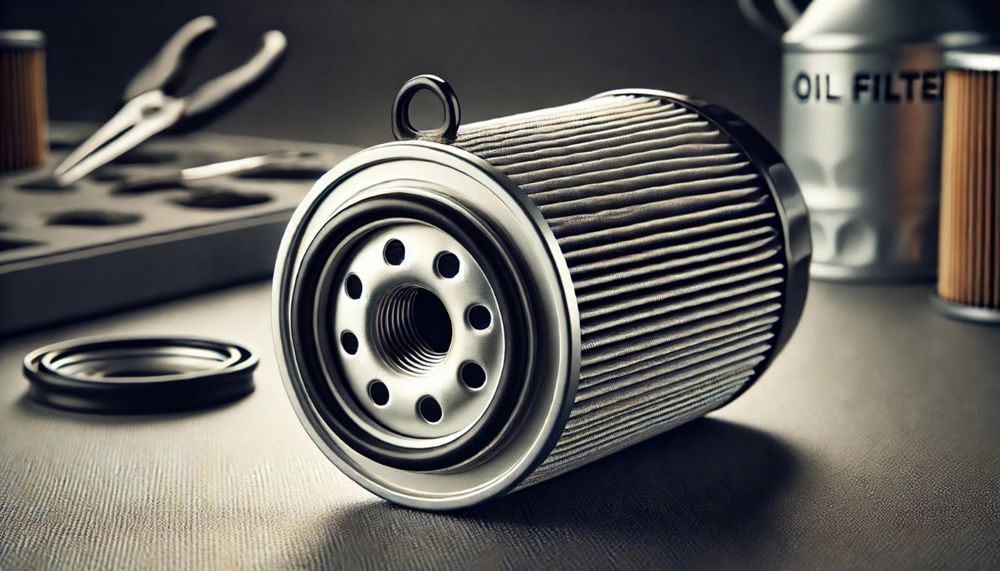Need help? Give us a call
16th Jan 2025
A Comprehensive Guide to Car Horns
Car horns are a legal requirement in the UK, alerting other drivers, pedestrians and cyclists to your presence. They are vital for road safety and essential in every vehicle, yet they often go unnoticed until they stop working. Without a functioning horn, navigating busy roads and avoiding accidents would be far more challenging.
In this article, we’ll have a closer look at the different types of car horns, how they work, and what you need to know about replacing yours.
What types of car horns are there, and how do they work?
Car horns have come a long way and have evolved significantly since the early days of automobiles. In the beginning, drivers relied on bells, whistles or bulb horns to make their presence known. The introduction of the electric horn in the early 20th century revolutionised road safety and now provided a reliable and efficient way for drivers to communicate on the road.
Today, car horns come in a variety of styles, each with different sound levels and characteristics. Some of the most common options are:
Electric horns
These are the most common type of car horn today, found in almost every vehicle on the road. Electric horns use a diaphragm connected to an electromagnet. Upon pressing the horn button, the current passes through a coil and the diaphragm vibrates rapidly, producing a sound. They are reliable, durable and suitable for everyday driving, while also being affordable and easy to install.
Air horns
Less commonly and typically found on larger vehicles like lorries or emergency vehicles, Air horns produce a louder, more powerful sound than electric horns. Air horns operate using compressed air stored in a tank. When activated, air is forced through the horn, creating a loud and robust sound.
Musical horns
Speciality horns like musical or custom sounds are intended for those who want to stand out or make a statement. They play a short melody or tune rather than omitting the traditional honk.
Are musical horns legal on the road in the UK?
No. While they are fun, musical horns are illegal in the UK under regulation 37 of The Road Vehicles (Construction and Use) Regulations 1986, the tone sounded by a horn must be “continuous and uniform and not strident”. Using a vehicle which doesn’t comply with regulations could incur a £50 fixed penalty notice, and it also would fail its MOT.
How loud is a car horn allowed to be in the UK?
In the UK, car horns must be loud enough to be heard by other road users, typically ranging between 100 and 110 decibels, depending on the car’s make and model.
While there is no official upper decibel limit in terms of volume, there are strict rules for modern vehicles (those first registered on or after 1st August 1973). As mentioned before, the sound must be continuous and uniform, and it cannot be harsh or grating. Horns with multiple tones or ones that mimic sirens, bells or gongs are therefore prohibited unless your car is a true antique, with pre-1906 being the cut-off.
How long do car horns last, and how often should they be replaced?
Car horns are relatively simple components compared to other vehicle parts, and ideally, they should last the lifetime of your vehicle. However, a horn might need to be repaired or replaced due to issues like corrosion or defects with wiring. As for electrical car horns, a fuse controls how much power the horn receives, and therefore this is the most likely component to fail.
Signs your horn needs replacing
These are the most common signs that your car horn needs attention:
- Weak or unusual sound: If your horn sounds quieter or different from usual, it could be caused by poor electrical connections or a failing horn.
- No sound at all: A completely silent horn may be caused by a blown fuse, faulty relay or a fully failed horn.
How to replace a car horn
Most of the time, replacing a car horn is a straightforward task that only requires a few basic tools. Here’s a step-by-step guide to replacing it yourself:
- Locate the old horn, usually behind the grille or near the radiator core support.
- Disconnect the wiring by using a screwdriver to detach the wires connected to the old horn.
- Remove the old horn by unscrewing the mounting bolts and disconnect any remaining wiring.
- Install the new horn by attaching it to the mounting location, reconnect the wiring and make sure it’s securely fastened.
- Test the horn by pressing it to confirm it’s working properly.
If the process seems too complicated or there are underlying electrical issues, it's best to take your car to a mechanic for professional assistance.
Choosing the right horn for your car
Not all horns fit every vehicle, so check your car’s specifications before purchasing a replacement. The easiest way is to find out which horn you need is by looking at your owner’s manual, which will provide lots of information and guidelines about parts compatible with your vehicle. Alternatively, you can also use our part finder to find the right parts for your car.
TDC Automotive offers a selection of car horns, including dual tone horns by leading brands like PIAA, all at low prices. If you’re looking for the right one for your vehicle and are not sure which one you need, get in touch with us by calling 01935 829671.




